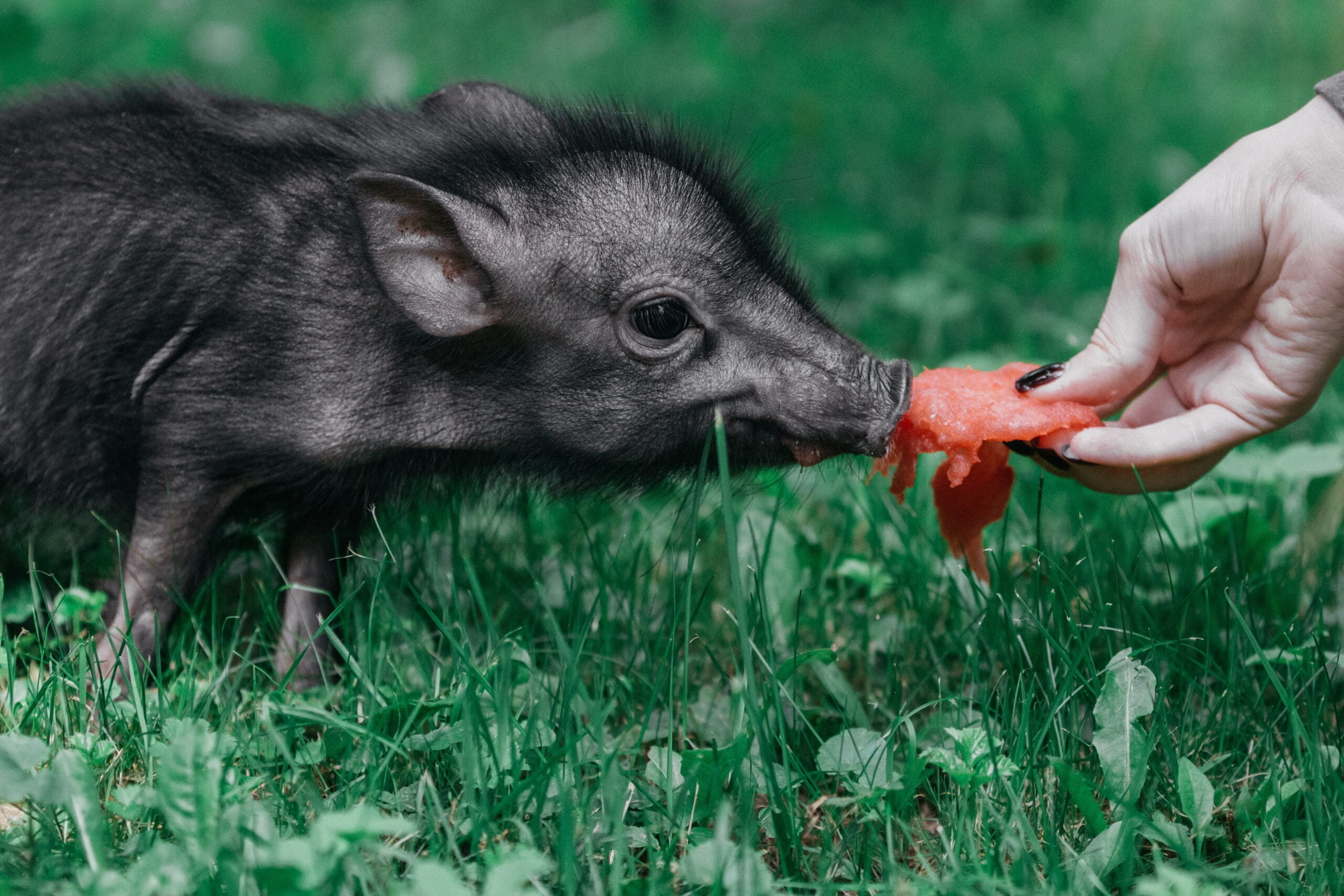AI for pigs: Grunt analysis to promote animal welfare

Researchers want to use artificial intelligence to find out whether a pig is grunting happily or sadly. In the future, pig farmers could use the system to boost animal welfare.
To this end, a research group led by the University of Copenhagen trained an AI model with a total of 7414 grunting sounds from 411 pigs in various scenarios - from birth to death.
The researchers used the association of a grunt with a particular situation to classify the grunts as happy or sad. For example, a pig is in a good mood when it is running around exploring its surroundings or cuddling with other pigs. Negative scenarios are escape attempts, fights or a castration.
Short and deep grunts are happy grunts
The researchers recorded the grunts in conventional and experimental stalls. In the experimental stalls, the researchers intentionally created scenarios to elicit the most differentiated grunts possible from the pigs, e.g., with toys, food, unfamiliar objects, or no stimulus.
During these experiments, the researchers recorded not only the sounds but also the heart rate and documented the pigs' behavior. They then analyzed the data for possible correlations between grunting sounds, scenarios and associated emotions.
"With this study, we demonstrate that animal sounds provide great insight into their emotions. We also prove that an algorithm can be used to decode and understand the emotions of pigs, which is an important step towards improved animal welfare for livestock", says Associate Professor Elodie Briefer of the University of Copenhagen’s Department of Biology at the University of Copenhagen, who co-led the study.
Next step is grunt analysis app
In their analysis, the researchers found a clear pattern that pigs tend to squeal high in negative situations and grunt low in positive ones. However, the low grunts can also occur in more negative situations. Further differentiation is possible based on the amplitude and length of the grunts.
"There are clear differences in pig calls when we look at positive and negative situations. In the positive situations, the calls are far shorter, with minor fluctuations in amplitude. Grunts, more specifically, begin high and gradually go lower in frequency," Briefer says.
According to the research group, an algorithm trained with the data can correctly identify whether a pig grunt is more associated with a positive or a negative emotion in 92 percent of all cases.
The next step, they say, is to bring this algorithm to an app that pig farmers can use to better monitor animal welfare in the barn. The researchers expect that the method used for the grunt analysis will also work for other breeds of animals.
Read more about Artificial Intelligence:
AI News Without the Hype – Curated by Humans
As a THE DECODER subscriber, you get ad-free reading, our weekly AI newsletter, the exclusive "AI Radar" Frontier Report 6× per year, access to comments, and our complete archive.
Subscribe now